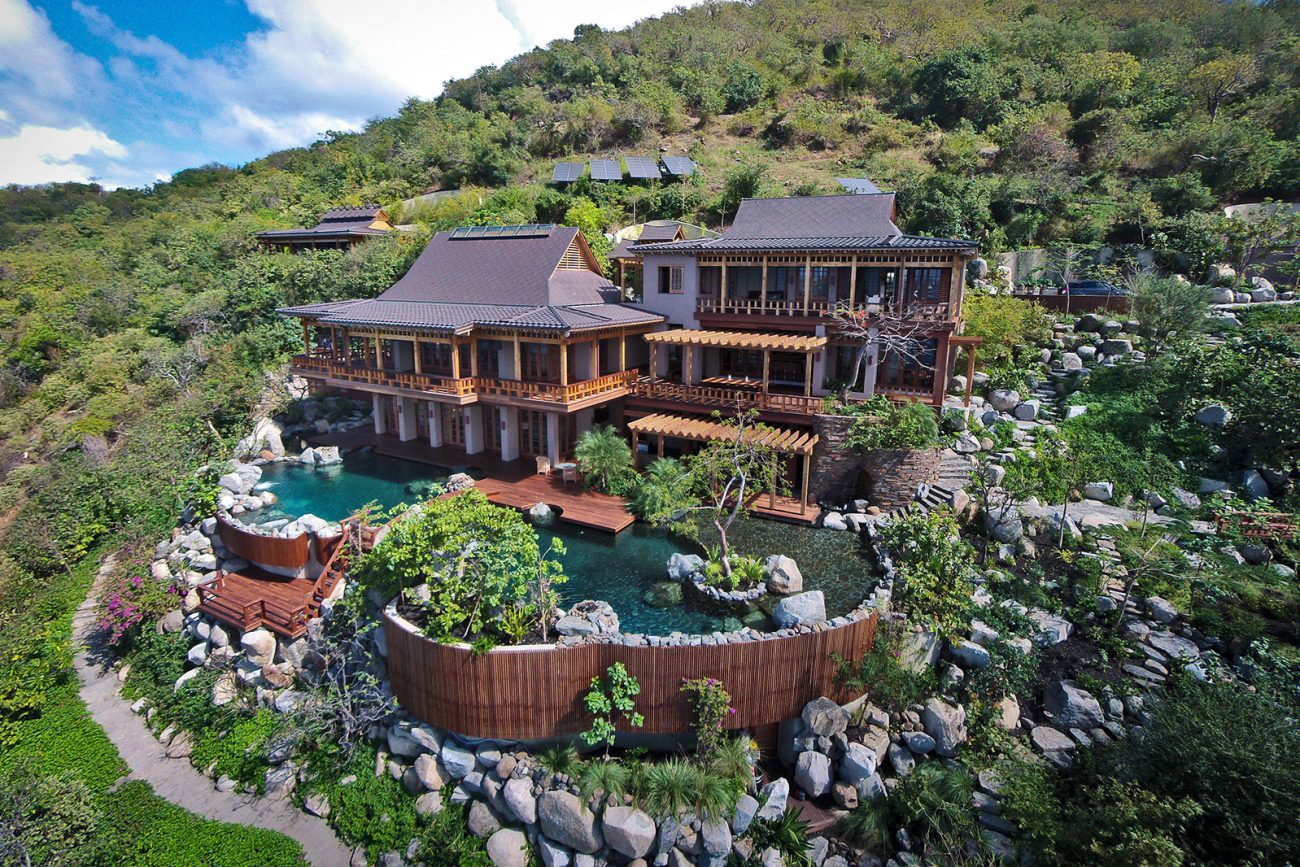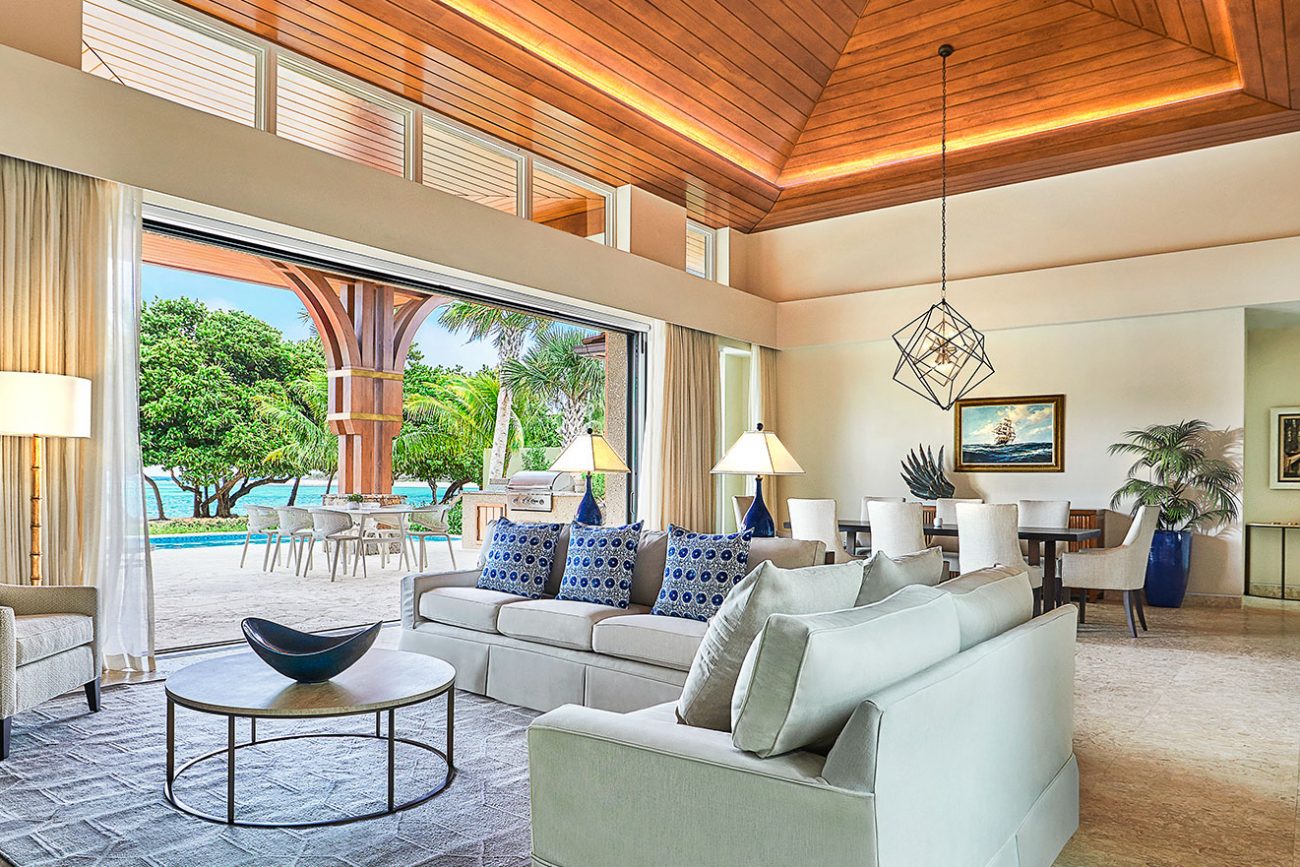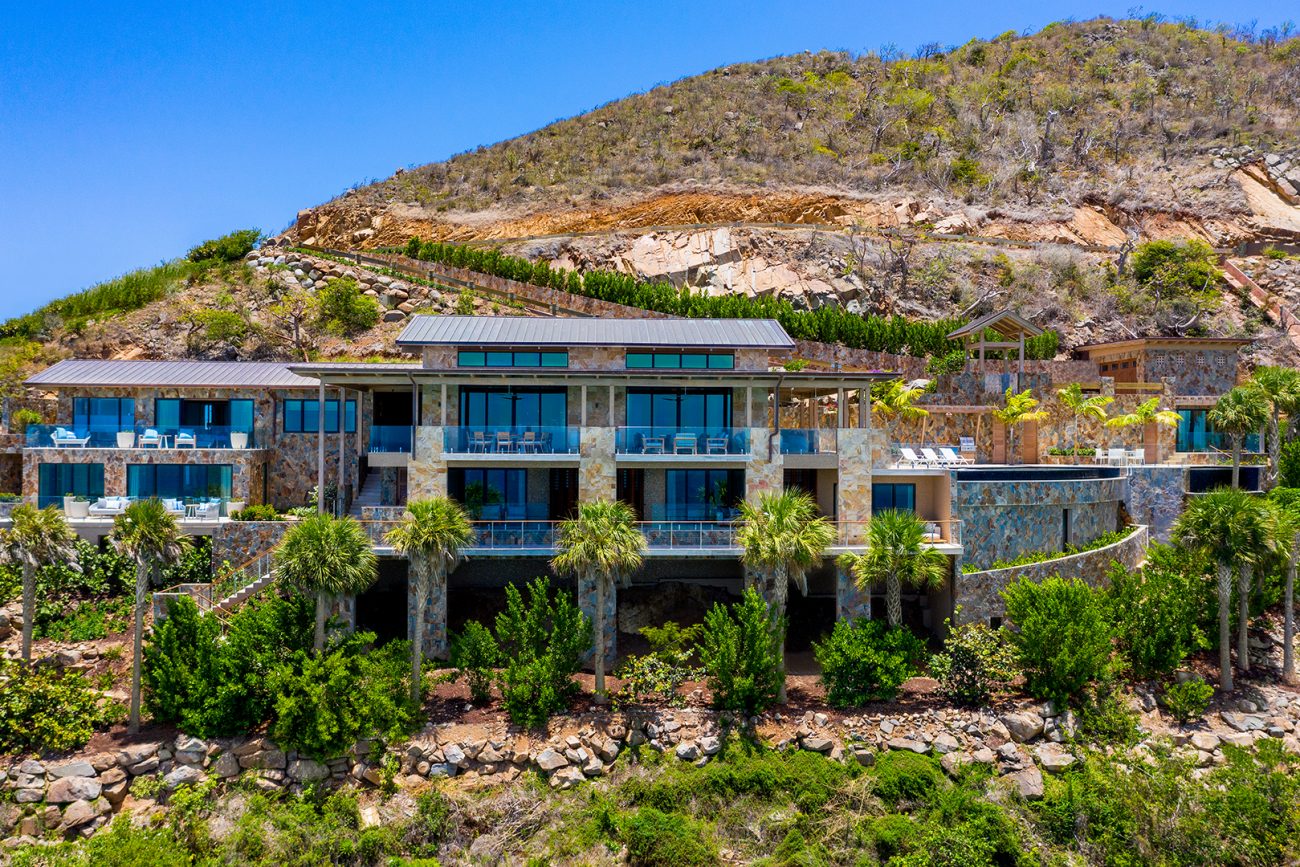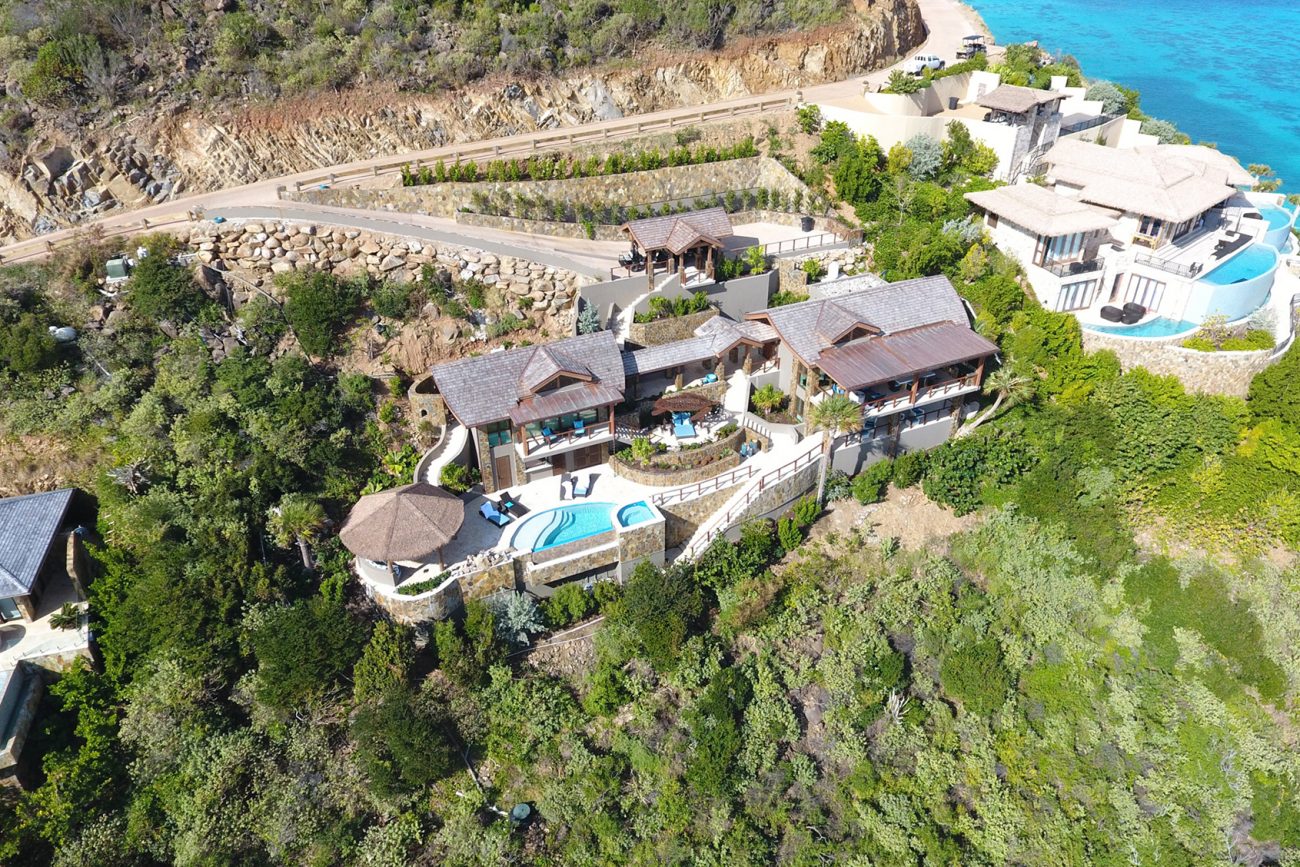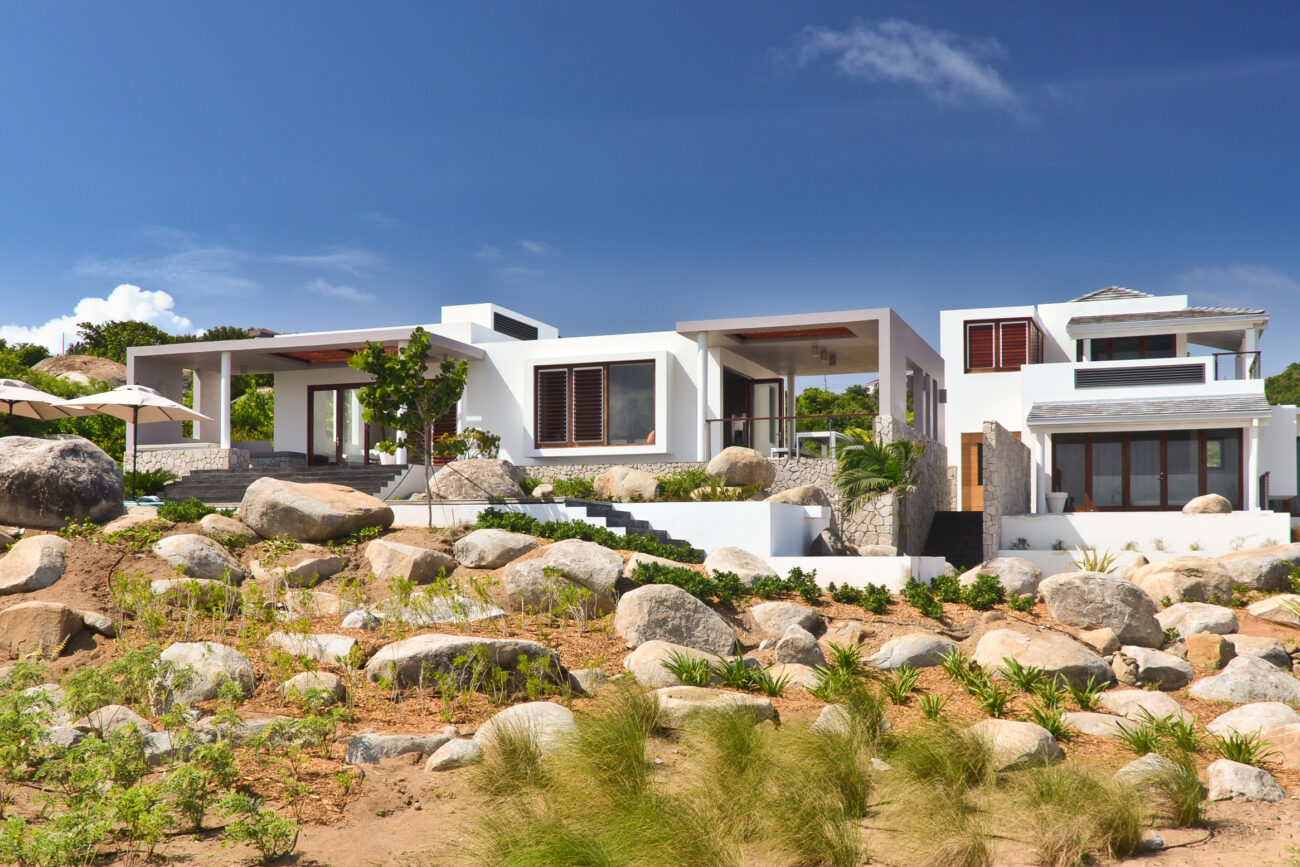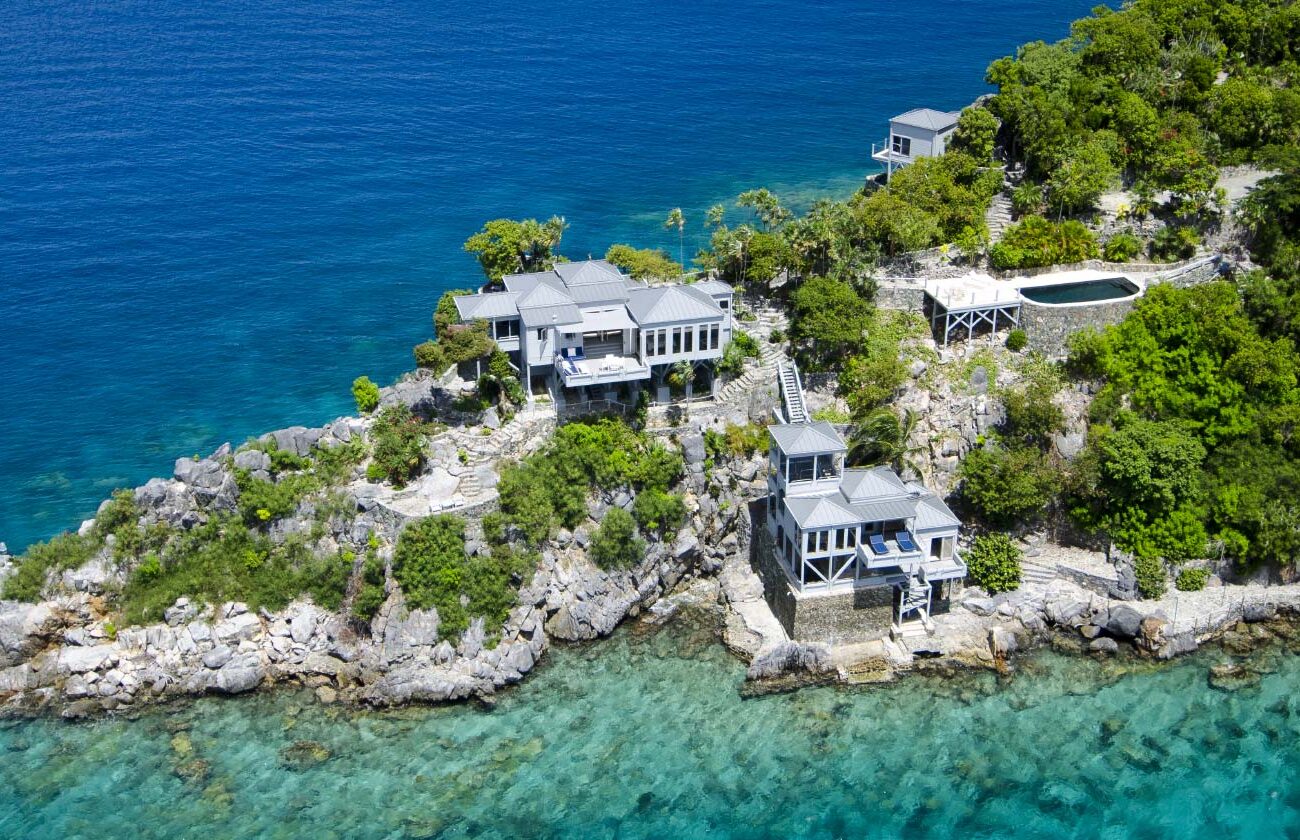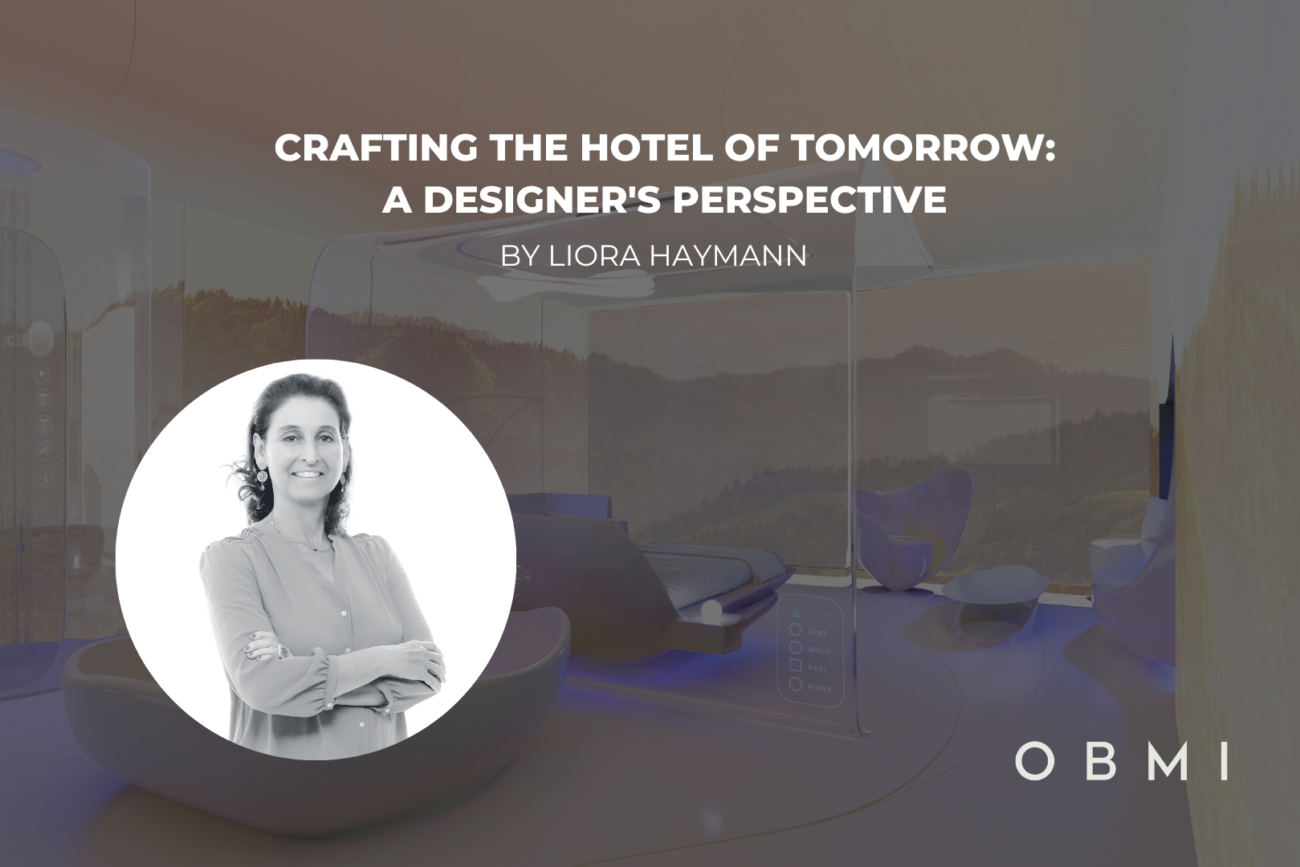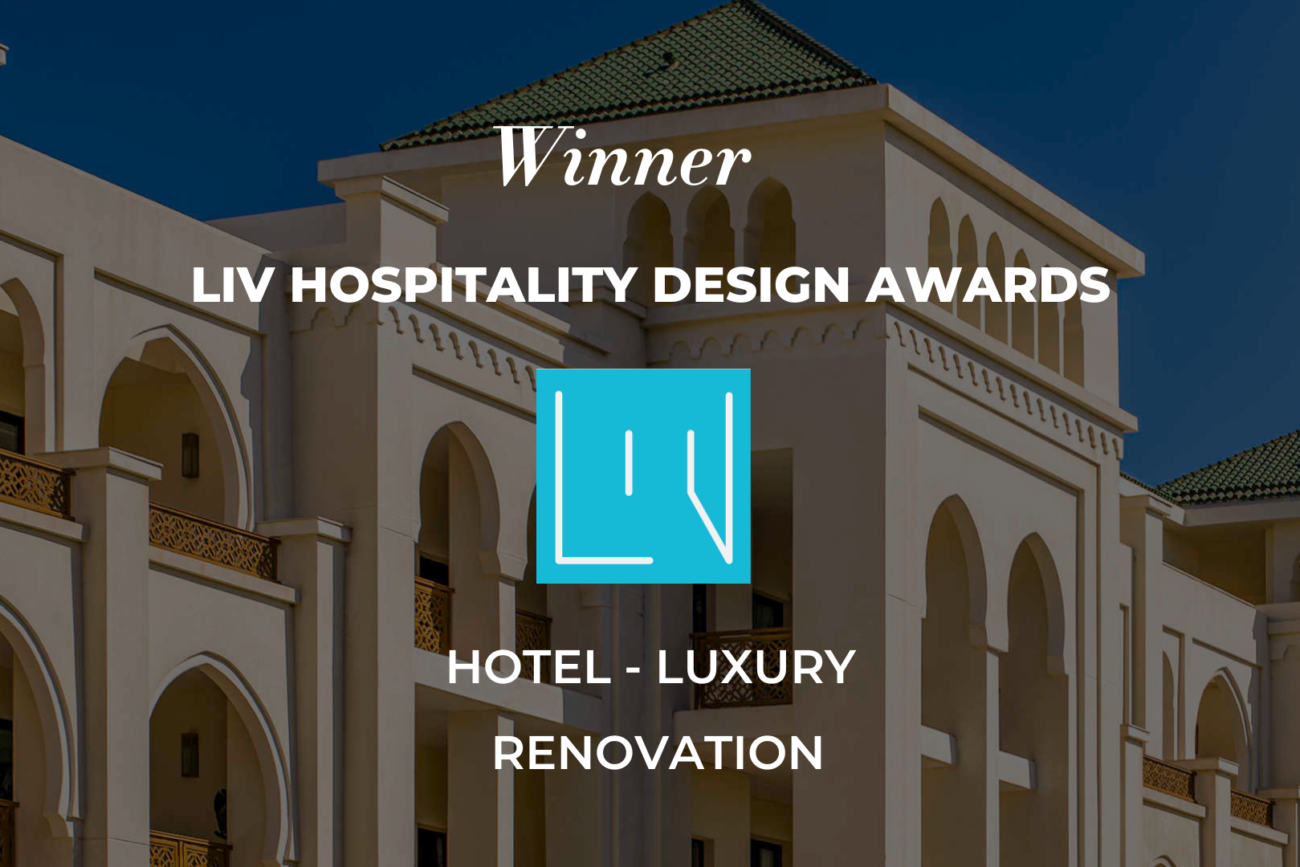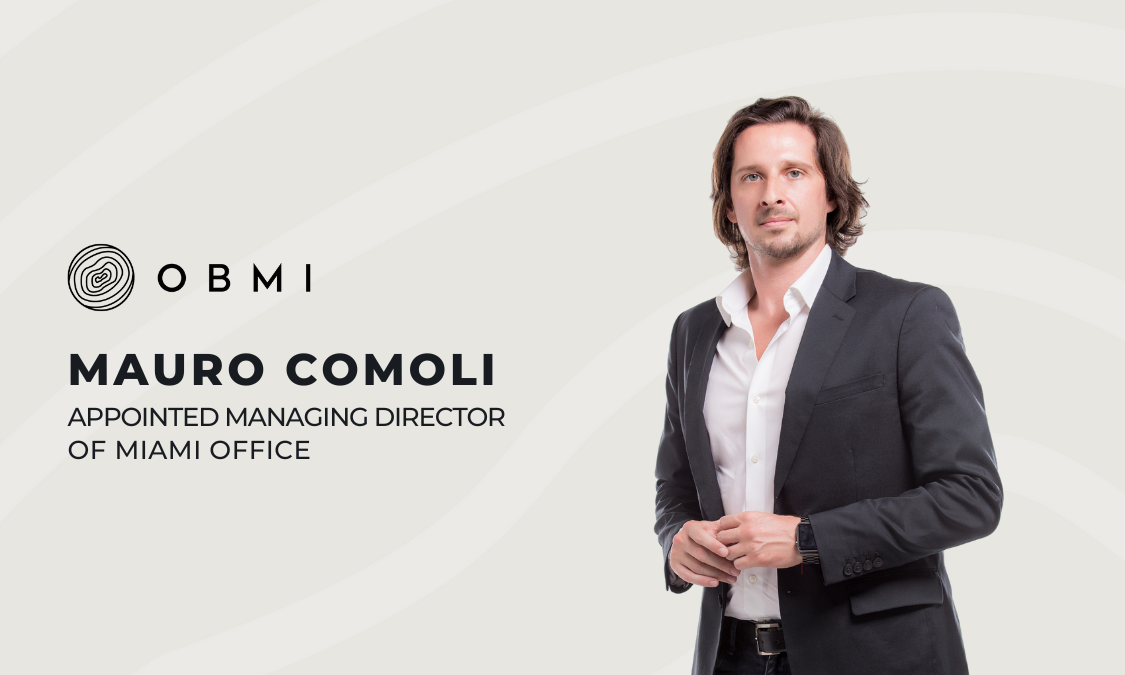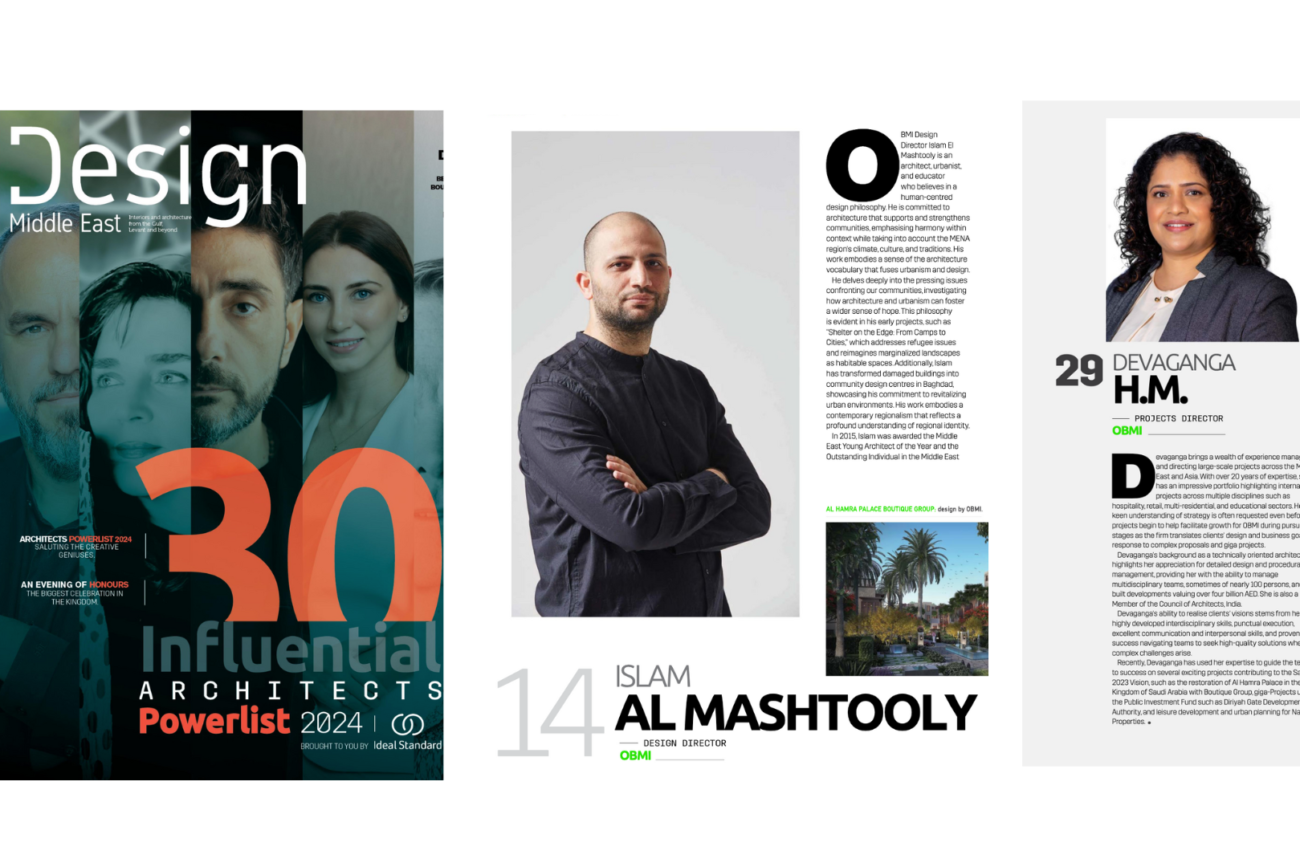Emerging Design Trends for Villas in the British Virgin Islands & Beyond
While the need for privacy and a sense of escape have been top considerations of the high-net-worth individual’s travel and real estate checklist, the pandemic has caused a surge in interest for secluded retreats across the board. With its warm weather and isolation, the Caribbean is more in demand than ever among investors and second-home seekers.
Just as buyers in the U.S. markets have shifted their property searches to larger spaces and respectively increased their budgets, the villa market in the Caribbean has also experienced an increased demand from new buyers and existing owners looking to build their safe haven or upgrade their existing property to meet growing consumer demands. This has left designers with a renewed focus on creating unique features and crafting a space that will meet the owner’s long-term needs.
In the BVI villa market, we’ve seen a few different types of buyers showing interest. The two most popular buyers are families seeking a legacy space and investors looking to design an appealing rental property that can rise above the competition. No matter the buyer, a great villa design should provide the feel and comfort of home, but in a tropical location where guests or owners can stay for extended periods and maintain their routines. It makes sense that every home’s design should be highly functional and a little bit indulgent, but this is exceptionally true when creating a “home away from home” vacation property or rental experience.
CHOOSING A PRIVATE SITE
When looking to purchase a property, a homeowner that places a high value on privacy should consider peninsula and cliffside locations. Homes built on a peninsula provide a feeling of being on a private island with unobstructed ocean views, while owners still have easy access to nearby amenities. The Caribbean’s mountainous terrain offers the opportunity to conceal homes with the surrounding nature by building into the cliffside. It’s essential to work with your architect to balance the built environment and the natural environment without dominating the landscape during the design phase.
Owning a luxury villa in the Caribbean may be the dream for those looking to escape a possible second wave of the pandemic, but the ultrarich have set their sights beyond the standard villa with the idea of owning a private island paradise. Although creating a self-sufficient island is no easy feat, this type of buyer wants the ultimate assurance that no one will cruise up and infringe on their isolation.
OBMI CEO, Doug Kulig, shares some crucial steps to successfully developing private islands through his years of experience. Kulig suggests completing the myriad approvals for regulations, restrictions, and processes prior to purchasing. Figuring out what you want to do with the island is the more fun part of the development process. Do you want the house designed as an informal bungalow with indoor/outdoor spaces, or do you want something more formal? “We talk about lifestyle,” Kulig says. “When are people going to use the island, and how are they going to use it? It’s more than just whimsy. If you’re considering a wooden beach-house type of structure, you want to consider storm impacts in the area,” says Kulig.
DESIGN WITH MOTHER NATURE IN MIND
The true experience of “getting away from it all” includes immersion in the local environment. As architects, we love the challenge of creating a vacation home that has all the creature comforts of our modern world while simultaneously embracing the environment, climate, and culture. In the Caribbean, this means utilizing natural materials that incorporate the colors found in the natural environment, while the interiors feature broad expanses of glass to showcase the hues of the sea. Glass walls, multi-level living spaces, local stone cladding, wood details, and copper roofs not only embrace the climate but make it seem like the home was always part of the landscape.
Above all else, preserving our natural environment is a top priority, and land across the BVI presents unique conservation challenges. Virgin Gorda’s legendary boulders can offer a fun opportunity to incorporate them into the overall aesthetic rather than removing them. As seen in Bayhouse Villa, the sleek architecture is sharply defined against the softer surrounding landscape, offering a dynamic contrast while preserving the natural surroundings.
The mountainous terrain of the region presents as many design opportunities as challenges. Large green roofs are a smart design feature to retain a portion of a mountainside while also aiding in capturing water runoff. In the plan of Oil Nut Bay’s The Cliff Suites, OBMI incorporated biophilic design strategies by including a natural living green roof. By thoughtfully planting native vegetation, the design lessens the environmental impact on this dramatic natural setting.
Sitting in an elevated position above the island’s renowned beaches positions a villa to be a stunning secluded retreat. A great layout to accommodate a variety of living areas and bedroom suites is a design with a series of private, stepped pavilions capturing the feeling of indoor and outdoor Caribbean living. With all the elevated properties and limited availability of beachfront properties in the BVI, large outdoor terraces with a private pool are still among the most highly requested design features and methods to embrace gentle sea breezes and capture the expansive views.
NEWEST TREND FOR MASTER BEDROOM SUITES
The master suite is more than a suite – it’s a calm and cool sanctuary. New constructions are now featuring master suites with their own office and media room, often completely isolated from the rest of the residence. To reach these private sanctuaries, we have been incorporating covered breezeways with access stairways that lead to shared spaces and additional expansive bedrooms.
Today’s competitive market calls for each bedroom to feature bright, natural light, spectacular views, and the newest mandates of en suite baths and private outdoor terraces. While we still see the standard villa include anywhere from three to five bedrooms, one growing trend we have incorporated into recent designs is a residence with dual master suites. For permanent residences, this is a great solution to accommodate multi-generational families. For vacation homes, this is an excellent resolution to host friends comfortably while visiting the island.
PRIORITIZING WELLNESS
Today more than ever, we understand the need to tackle the tough task of bridging the gap between the desire for connectivity and ease with a need for rest and “unplugging” that our society craves. Wellness and a healthy lifestyle are undoubtedly some of the dominant trends of the moment around the world. As awareness and attention to health increases, so does the demand for the buildings in which we live, work, and play to be designed to improve health, mind, and well-being.
As the collective shifts towards a new holistic well-being model, homes beautifully designed with wellness at their core and centered around a healthy lifestyle are becoming more critical than ever. By now, we all know that low access to daylight can be detrimental to our health. Passive lighting, ample windows, or lighting that imitates daylight are easy ways to boost occupants’ general wellness and increase productivity.
Kitchens will increasingly be designed to store and even showcase fresh, organic products. We may see some changes in the coming year: the walk-in pantry transforming into a walk-in hydroponic farm and large interactive center islands with several designated stations for food prepping, cutting, and dehydration, an essential method of cooking for vegans.
Along with eating well and spending time in or around nature, fitness is essential to mental and physical health. In-home gyms’ current trend is acquiring less equipment but filling the space with machines that focus on functional movement and concentric fitness, emphasizing recovery and stretching.
OBMI Chairman Tim Peck recently discussed how wellness is being approached differently at the firm. Far beyond the idea of a typical spa concept, he revealed OBMI’s designers are looking into the idea of biohacking as the next wave in wellness design.
“For so long a variety of fields have focused on improvements to the physical body as the quickest method to improve human health. However, research we have been looking into around biohacking has pointed to our biology’s intangible chemical factors, such as emotions and thoughts, as the most impactful way to alter our wellbeing,” noted Peck. “By gaining a better understanding of the way in which our systems work together, we as designers can now interject and tweak these dials of thoughts and emotions to create spaces that properly stimulate and enhance our overall health. A novel idea that we are excited to continue to explore.”
TECHNOLOGY INTEGRATION
When thinking about incorporating smart home technology into the design of a vacation home or rental villa, it’s best to consider how often it will be used and the areas that will be utilized most often. If entertaining is an important part of the desired lifestyle, ample space, and unique technological touches can make a home extraordinary. As technology forges ahead at breakneck speed, there are numerous ways to incorporate these new features into homes that make living in them easier, safer, and more affordable.
Saving on utility bills is a simple way to enjoy smart home technology. From learning thermostats to smart light bulbs that automatically turn on and off depending on a room’s activity, it’s obvious how these technologies could be especially beneficial in a rental home. Security cameras that can be accessed via smartphone or tablet while away from the property can also allow for peace of mind when the house is not occupied.
WRAPPING UP
In the ever-evolving world of design, it can be challenging to stay on top of the latest trends. Villas are where you can spend a relaxing vacation amidst an organic setting. In the BVI, designers will always look to create more open spaces for free movement of air and light so that owners can connect with our beautiful landscape. As a homeowner, when looking at where to invest in your design, it always pays off to focus on solutions that cater to the wellness of those who occupy the space and preserve the surrounding natural environment.
This article was originally featured:



